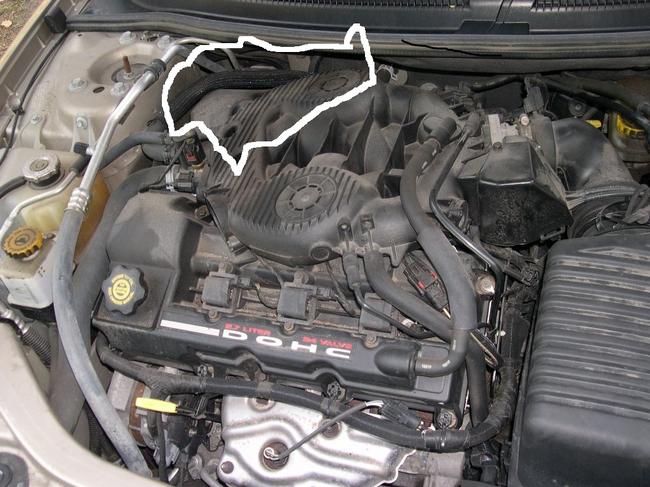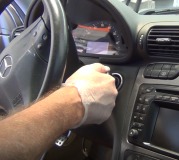For the short, start by looking at the wiring harness for the oxygen sensors. Sometimes a plastic clip breaks and lets the harness fall down onto hot exhaust parts where the heater wire for the sensors grounds out. That circuit is the same circuit that feeds the injectors, ignition coil pack, alternator field, and fuel pump or pump relay.
Your method of checking for a battery drain doesn't make sense. First of all, you can't use a test light. All that will tell you is if there's enough current flowing to cause the filament to glow. It takes way more current than what is allowed to do that. Second, you are going to have up to three amps of current flow after the engine is stopped, for up to twenty minutes until some computers go to "sleep" mode. A test light has too much resistance so enough current can't get through it. The computers may never go to sleep mode.
Current drain is measured with a digital amp meter, (part of a basic digital voltmeter), but there are very specific steps you have to follow.
Anything you do to momentarily break the circuit starts that 20 minute wait period all over. That includes switching the range on your ammeter. If you start out on a higher scale you won't get the necessary accuracy. If you start out on a lower scale you can pop the meter's internal fuse. On top of that, some computers can lock up after the battery is reconnected but that isn't a problem on Chrysler products and that wasn't real common yet in 2001.
The secret is to disconnect one battery cable to insert your ammeter AND connect a jumper wire across the meter to in effect short it out. Some computers might "wake up" so let the meter and jumper sit there for at least 20 minutes, then remove the jumper wire. All current will go through the ammeter so it can be measured. If you need to switch to a lower scale, put the jumper wire back in place first, switch the meter, then remove the jumper again.
Unless the manufacturer specifies differently, the industry-accepted maximum is 35 milliamps to maintain the memory circuits in the radio and computers. At that rate a good battery will still start the engine after sitting for three weeks. Slightly more than 35 milliamps won't kill the battery overnight but you don't want to see much more than that.
Typically when there is a drain, it's really a drain. You won't have to guess. You'll likely find an amp or more, especially if the battery goes dead overnight. Remove one fuse at a time to see if one makes the current drop to an acceptable level. That fuse's function will give you an idea of which component to look at. Don't forget that if you open the doors, the interior lights will turn on. You will also want to disconnect an under-hood light.
Before you go through all this work, it would make sense to be sure the generator is recharging the battery after you start the engine. Use a voltmeter to measure battery voltage. A fully-charged good battery will measure close to 12.6 volts. If you charge it with a battery charger, then let it sit overnight and it holds a charge, suspect the alternator, not a drain. If you find closer to 12.2 volts, the battery is good but discharged.
SPONSORED LINKS
Wednesday, December 2nd, 2015 AT 3:14 PM





